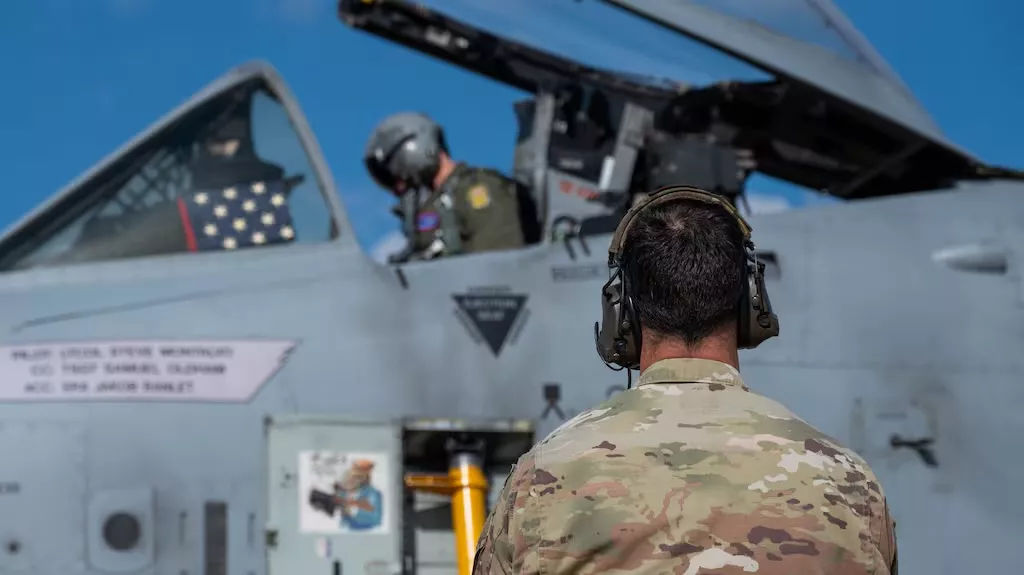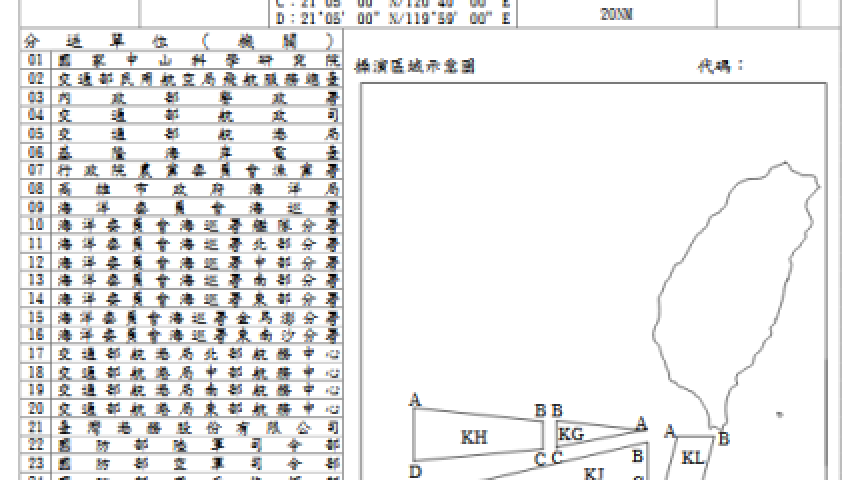美國空軍陷入「螺旋式衰退」:基地關閉、機隊減半 專家警告「若不擴產,威懾優勢恐崩潰」

(Airman 1st Class Sarah Hoover/U.S. Air National Guard)
美國空軍正陷入被稱為「戰力衰退螺旋」(Capacity Death Spiral)的危機。2025年9月23日,美國馬里蘭州空軍國民兵(ANG)第104戰鬥機中隊正式裁撤,成為全美唯一沒有飛行單位的州,象徵美國空軍產能危機達到臨界點。
據《米契爾航太研究所》(Mitchell Institute for Aerospace Studies)執行長 Douglas A. Birkey 指出,過去數十年,美軍長期面臨經費不足問題,導致「退役多、增購少」的惡性循環。2025財年空軍擬除役250架飛機,僅購置91架新機;2026財年更計畫除役340架,僅替換76架。這使得現役機隊規模僅剩冷戰末期的一半。
受影響的不僅是國民兵與後備單位。美國空軍在日本嘉手納基地(Kadena Air Base)撤除F-15C/D戰機後,至今仍無永久替補;在美國本土,佛州、密蘇里州與內華達州等多處後備基地,也將在2030年前失去一半戰鬥機容量。
Birkey警告,美國空軍現已無法支撐長期戰役作戰。他以「午夜之鎚行動(Operation Midnight Hammer)」為例,指出美軍對伊朗核設施的空襲雖展現實力,但「隔天就無法再發動同規模行動」。
他強調:「空軍領導層早已表示,每年至少需採購72架戰機才能維持機隊年齡穩定,但2026年預算僅編列45架。」
Birkey呼籲,川普政府與美國國會必須恢復1980年代雷根時期的「空中優勢投資精神」,擴大生產新世代戰機,包括F-35、F-15EX、F-47、B-21、E-7與無人僚機(CCA)等,以重建美軍威懾力。
他指出,隨著中國在印太擴張、俄羅斯持續入侵烏克蘭、伊朗與北韓維持挑釁態勢,美國空軍的空中存在與快速投射能力已達臨界點。若產能不足問題不解決,美國恐失去其長期的全球威懾優勢。
🔍 三大觀察重點
1️⃣ 戰力萎縮的警訊:
美國空軍的縮編顯示,即使全球最強軍隊,若長期忽視產能與維修能量,也可能陷入戰備崩塌。對台灣而言,這凸顯國防「持續補能」的重要性。
2️⃣ 產業鏈即戰力:
雷根時期的大量生產建立了現代美軍戰力,而現今的危機說明:工業動員力即國防力。台灣的國防產業與民間製造能量整合,將成決定性關鍵。
3️⃣ 威懾力建立在「量」與「續航」上:
空軍若缺乏輪替與補給能力,即便擁有高科技武器,也無法維持長期威懾。對台而言,這意味防衛策略不能只談質,更要談「可持續性」。
U.S. Air Force Faces a “Capacity Death Spiral” as Squadron Closures and Budget Gaps Erode Airpower
Washington, D.C. – October 2025 — The U.S. Air Force is facing what experts call a “capacity death spiral,” marked by the inactivation of the 104th Fighter Squadron of the Maryland Air National Guard on September 23, 2025 — leaving Maryland the only U.S. state without an Air Guard flying unit.
“For too long, funding shortfalls have forced the Air Force to retire more aircraft than it can replace,” said Douglas A. Birkey, Executive Director of the Mitchell Institute for Aerospace Studies. “The Air Force has reached a point where more simply cannot be done with less.”
In fiscal 2025, the Air Force sought to divest 250 aircraft but procure only 91 new ones. The 2026 budget calls for retiring 340 aircraft while acquiring just 76 — continuing a decades-long trend that has reduced the Air Force fleet to half its Cold War size.
Key bases such as Kadena in Japan now lack permanently assigned fighters, relying instead on temporary rotations. At home, Air Force Reserve bases in Florida, Missouri, and Nevada are set to lose nearly half their fighter strength by 2030.
“The Air Force could not repeat a major strike like Operation Midnight Hammer the next day,” Birkey warned. “Numbers matter — and the U.S. needs to rebuild airpower at scale.”
Birkey urged President Donald Trump and Congress to restore the production pace seen during the Reagan era, accelerating programs such as the F-35, F-15EX, F-47, B-21, E-7, and Collaborative Combat Aircraft.
He cautioned that the erosion of deterrence is now one of America’s gravest strategic risks: “Peace through strength only works when you have the strength.”
🔍Three Key Observations
1️⃣ A warning from America’s shrinking airpower
Even the world’s most powerful air force can falter without sustained industrial capacity. For Taiwan, this underscores the necessity of continuous defense replenishment and readiness cycles.
2️⃣ Industrial base equals national defense
The U.S. crisis demonstrates that a resilient defense industry is the backbone of deterrence. Taiwan’s integration of private sector production with defense logistics will be essential to long-term security.
3️⃣ Deterrence is about volume and endurance
High-tech systems alone don’t sustain deterrence; scalable production and fleet sustainability do. Taiwan’s defense planning must balance technological advancement with continuous operational capacity.




回應文章建議規則: